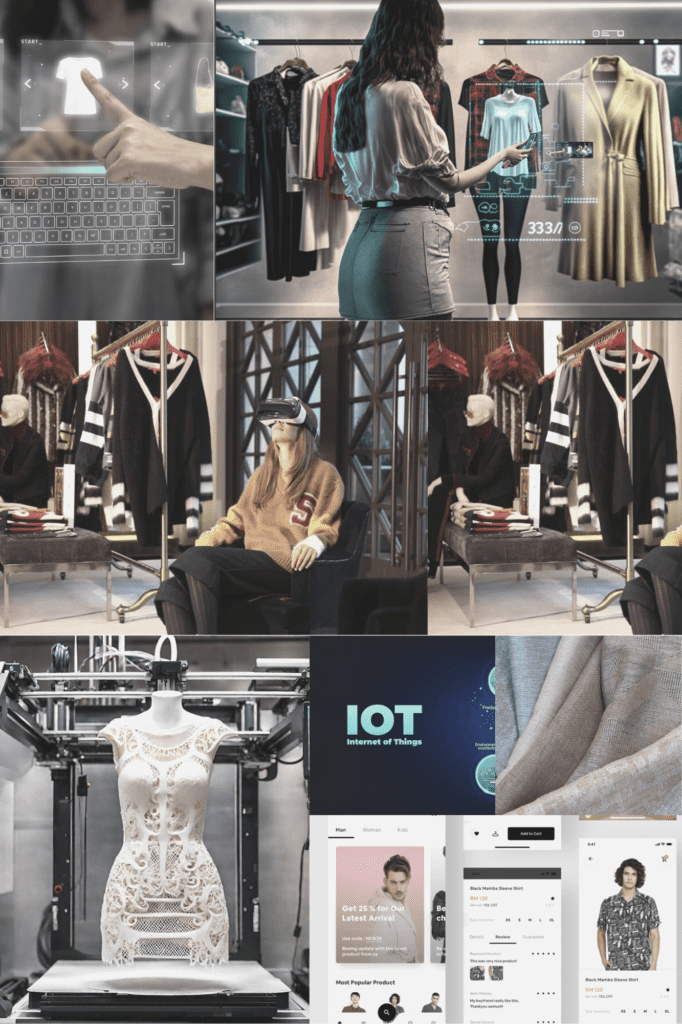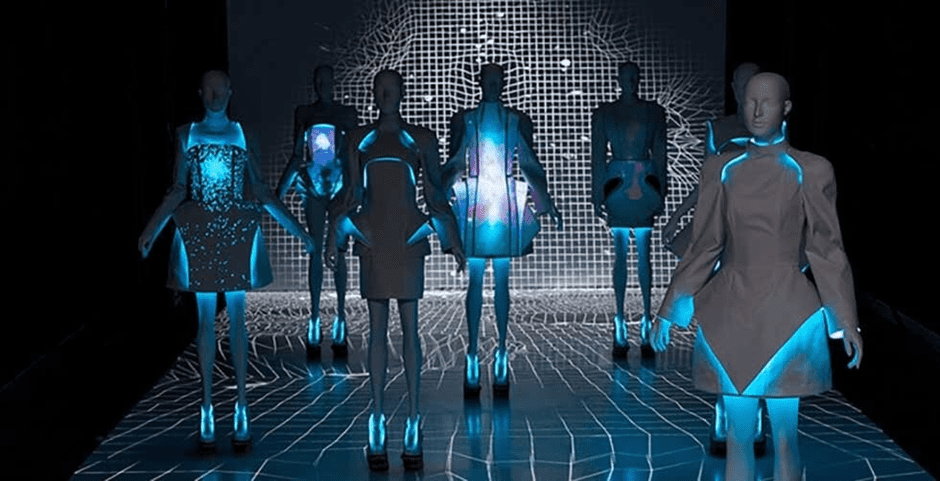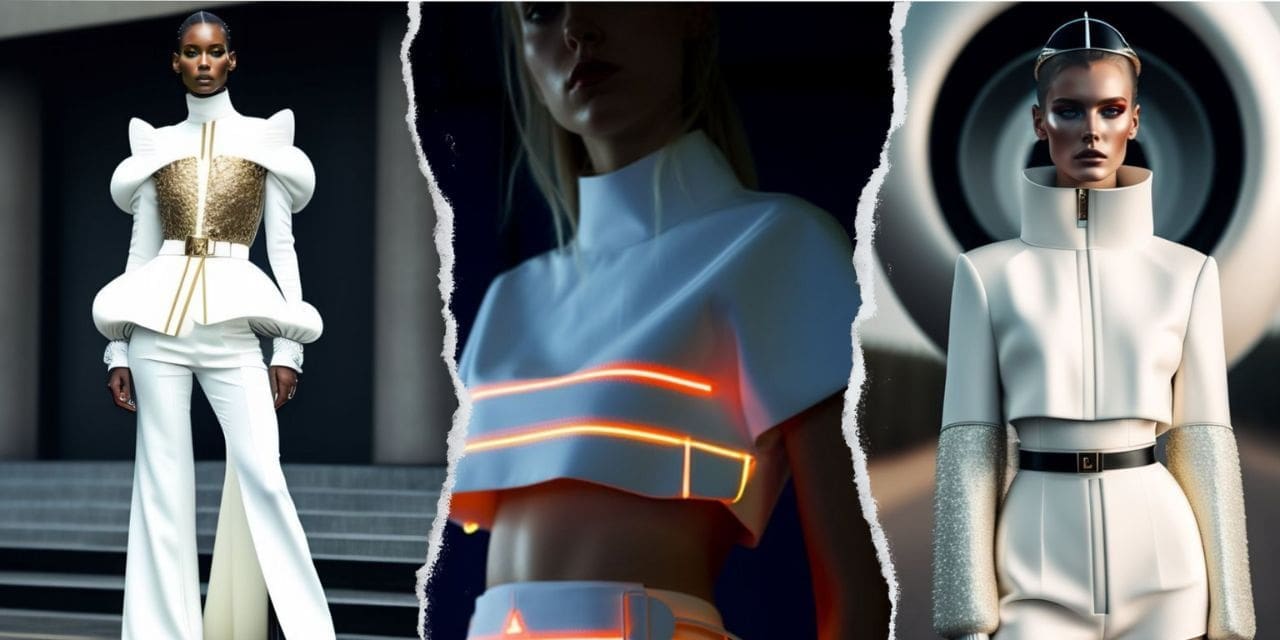By Prof. (Dr.) N B Timble PhD (USA) NCSU, Professor of Textile Technology DKTE, India
Fashion and technology once considered an unlikely pairing, are now intertwined in a harmonious dance of innovation. As we delve deeper into the digital age, the fashion industry is embracing technological advancements that have the power to reshape the way we perceive, create, and experience fashion. In this article, we will explore the Nine latest fashion technology trends that are revolutionising the industry and driving it towards a future of seamless integration.
Nine Latest Fashion Technology Trends

● ARTIFICIAL INTELLIGENCE
AI refers to the replication of human intelligence processes by machines, like computer systems. AI encompasses various applications such as expert systems, natural language processing, speech recognition, and machine vision.
● NOVEL FABRICS
It stands out due to its unique lining, which consists of warp thread and weft yarn in a mass ratio of 40:60. The distinctive feature of the warp thread is that it is made of cotton fibre. As for the weft yarn, it consists of a blend of Tencel fibre, cloud bamboo fibre, flax fibre, or any other suitable fibre, creating a cross composition.
● INTERNET OF THINGS
The concept of IoT, or Internet of Things, encompasses the interconnectedness of devices and the technology enabling communication within the network, encompassing communication between devices themselves and with the cloud.
● RAPID DATA ANALYSIS FOR QUICK ADAPTATION
Utilising extensive data for swift adaptation, rapid data analysis empowers businesses to adjust their various fragments efficiently, like the supply chain, enabling them to adapt to changes seamlessly.
● MOBILE COMMERCE
M-commerce refers to the purchase and sale of goods and services using wireless handheld devices like smartphones and tablets. It is a type of e-commerce that allows users to access online shopping platforms without needing a desktop computer.
● VIRTUAL AND AUGMENTED REALITY
Virtual reality utilises a specialised device to immerse you in a simulated environment for exploration. In contrast, augmented reality distinguishes itself by overlaying digital visuals onto the real world, either through a transparent visor or a smartphone.
● ONLINE VECTOR EDITORS
The Online Vector Editor provides a wide range of tools for handling vector graphics. You have the option to save vector graphics using Paths, Vector Masks, or Shape Layers. Within the Paths panel, various actions can be carried out, such as selecting paths, deleting paths, creating new ones, and renaming them.
● 3D PRINTING
Additive manufacturing, also referred to as 3D printing, is a technique that involves constructing a three-dimensional object by adding layers of material following a computer-generated blueprint. Through the additive process, successive layers are stacked to form the final 3D component.
● BLOCKCHAIN
Blockchain is a communal ledger for securely registering transactions and monitoring assets within a corporate network. Assets may be physical (such as property, money, or vehicles) or abstract (like copyrights, patents, intellectual property, or branding).
Conclusion

Fashion technology trends are transforming the industry, enabling brands to enhance customer experiences, optimise operations, and stay ahead of the competition. From the integration of AI and IoT to the use of VR/AR and 3D printing, these trends offer endless possibilities for innovation and creativity. Embracing these technologies can help fashion brands thrive in the digital age and meet the evolving needs of today’s consumers.

